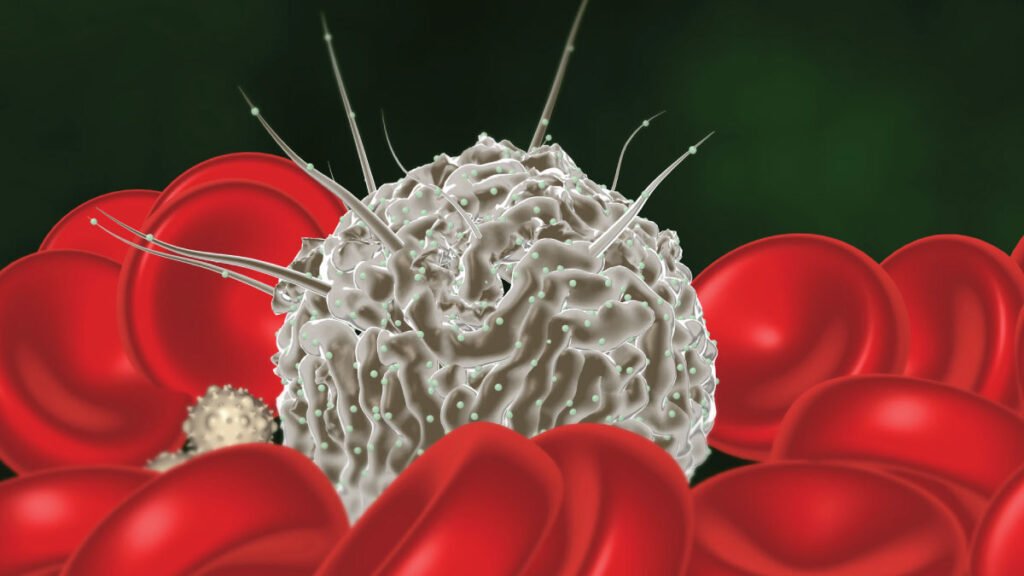Groundbreaking innovations in stem cell research are enhancing stem cell transplant, offering improved outcomes for patients suffering from various diseases and conditions.
A New Paradigm in New Stem Cell Transplant
Researchers at the Albert Einstein College of Medicine have made a big breakthrough by revealing a novel technique that aims to greatly enhancing stem cell transplant. By altering stem cells to better reside and operate in the bone marrow, this novel technique can increase the stem cells’ capacity to treat diseases like multiple myeloma, lymphoma, and leukemia.
Transplanting stem cells has long been a mainstay in the management of disorders involving the blood. The restricted functionality and preservation of the transplanted stem cells in the patient’s bone marrow, however, has been one of the main obstacles. According to Inside Precision Medicine, the novel technique includes genetically modifying the stem cells to improve their functionality and retention, which will improve their integration and efficacy in the bone marrow environment.
By concentrating on improving the relationship between stem cells and the bone marrow niche, this breakthrough was made possible. Scientists altered several molecules on the stem cells’ surface using cutting-edge gene editing methods to increase their receptiveness to the bone marrow environment. This alteration increases the stem cells’ capacity to multiply and specialize into different types of blood cells while also improving their retention.
Advantages of the New Stem Cell Transplant Approach
Greater Stem Cell Retention: The altered stem cells integrate and operate better because they stay in the bone marrow at a higher rate. Patients receive a more potent and long-lasting course of treatment as a result.
Enhanced Treatment Efficacy: The novel strategy improves the functionality and retention of the transplanted stem cells, which raises the success rate of stem cell transplants and improves patient outcomes.
Decreased Risk of Complications: Better stem cell integration lowers the chance of immune-related problems such graft-versus-host disease (GVHD) and other stem cell transplant-related problems.
Greater Applicability: This novel strategy may be used for a variety of stem cell transplant operations, which makes it a flexible and efficient therapeutic choice for a range of illnesses and ailments.
Potential Applications in Enhancing Stem Cell Transplant
The development of medical technologies and devices is significantly impacted by the new strategy for improving stem cell transplants:
Advanced Stem Cell Delivery Systems: By incorporating the modified stem cells into these systems, the patient’s bone marrow will be able to retain and utilize them to their full potential. The creation of more precise and potent stem cell treatments may result from this combination.
Monitoring and Imaging Technologies: With the use of cutting-edge imaging technologies, the improved stem cell functionality and retention may be followed and monitored, enabling medical professionals to evaluate the treatment’s effectiveness and make any required modifications.
Applications for Personalized Medicine: The novel stem cell transplant technique allows for patient-specific modifications according to their requirements, which opens the door to more individualized treatment plans and applications for personalized medicine.
Future Trends in Stem Cell Research
Future trends in stem cell research are starting to emerge as the science continues to develop in numerous ways:
Artificial Intelligence Integration: It is anticipated that the combination of artificial intelligence (AI) and stem cell research would improve the identification and management of a range of illnesses. AI systems are able to evaluate patient data, forecast therapy results, and suggest the best course of action.
Development of Gene Editing Methods: The ability to change stem cells for improved functionality and efficacy will depend heavily on the development of gene editing methods like CRISPR-Cas9. These methods will help scientists create stem cell treatments that are more focused and potent.
Extension of Stem Cell Therapies: It is anticipated that the new strategy for improving stem cell transplantation would lead to the extension of stem cell therapies to treat a larger spectrum of illnesses and ailments, such as autoimmune disorders, cardiovascular diseases, and neurological diseases.
Conclusion
The novel strategy for Enhancing stem cell transplant is a major breakthrough in stem cell research that will change the field of regenerative medicine and provide better patient outcomes. This cutting-edge technology has the potential to change the landscape of stem cell therapy and enhance patient outcomes, and its uses are only beginning to be discovered.
